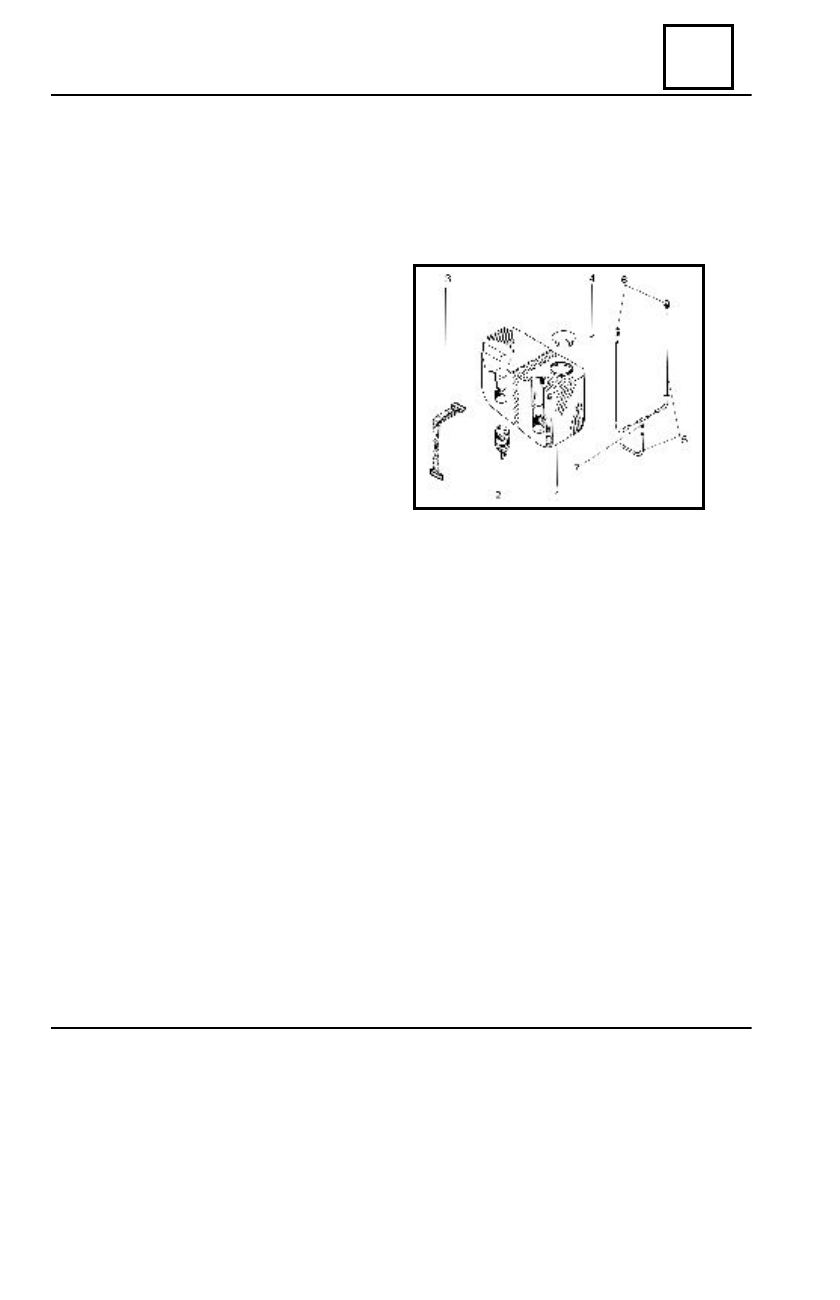Dacia SuperNova (engine E7J). Manual - part 138

87
ELECTRICAL ASSISANCE EQUIPEMENT
WINDSCREEN WASHING ASSEMBLY
It is located in the left part of the climate control box, being attached with an attachment strap (3)
and the windscreen washing electric pump (2) is attached on the reservoir (1) by means of clips.
In the drawing, the following elements may be identified:
1. Windscreen washing reservoir.
2. Electric pump
3. Attachment strap
4. Sustaining clip
5. Piping
6. Nozzles
7. T connector
DISMOUNTING
Disconnect the battery;
Disconnect the electric connectors from the electric pump.
Disconnect the pipe connected to the electric pump.
Dismount the washing reservoir, releasing the attachment strap.
REMOUNTING
Perform the dismounting operations in reverse order.
Check the nozzles adjustment, in order to obtain correct windscreen washing.
87 - 1
WINDSCREEN WASHING